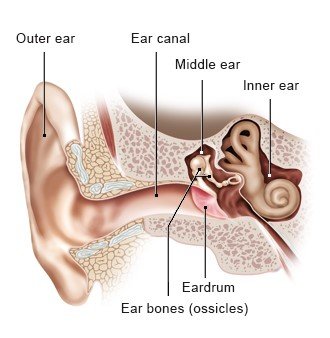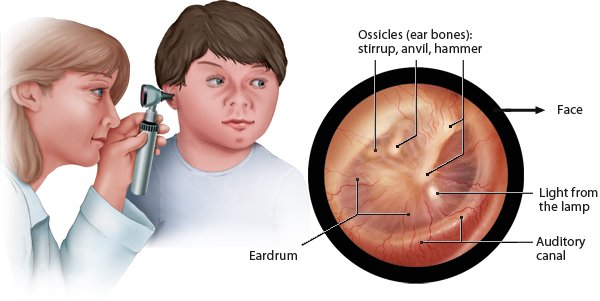What do ear examinations involve?
Ears are responsible for your sense of hearing and your sense of balance. You hear sounds because your ears pick up sound waves and transform them into electrical signals which travel along nerves to your brain. Your brain then “decodes” and interprets the signals. The organ of balance (the vestibular system) in the inner ear also sends signals to the brain, which perceives and interprets every movement and change in position.
In medicine, there are two main categories of hearing problems: those affecting sound wave transmission and those affecting sound perception. Common reasons for having an ear examination include hearing problems and earache. These can be caused by middle ear infections, inflammation of the outer ear canal (otitis externa), jaw problems or cervical spine problems.


